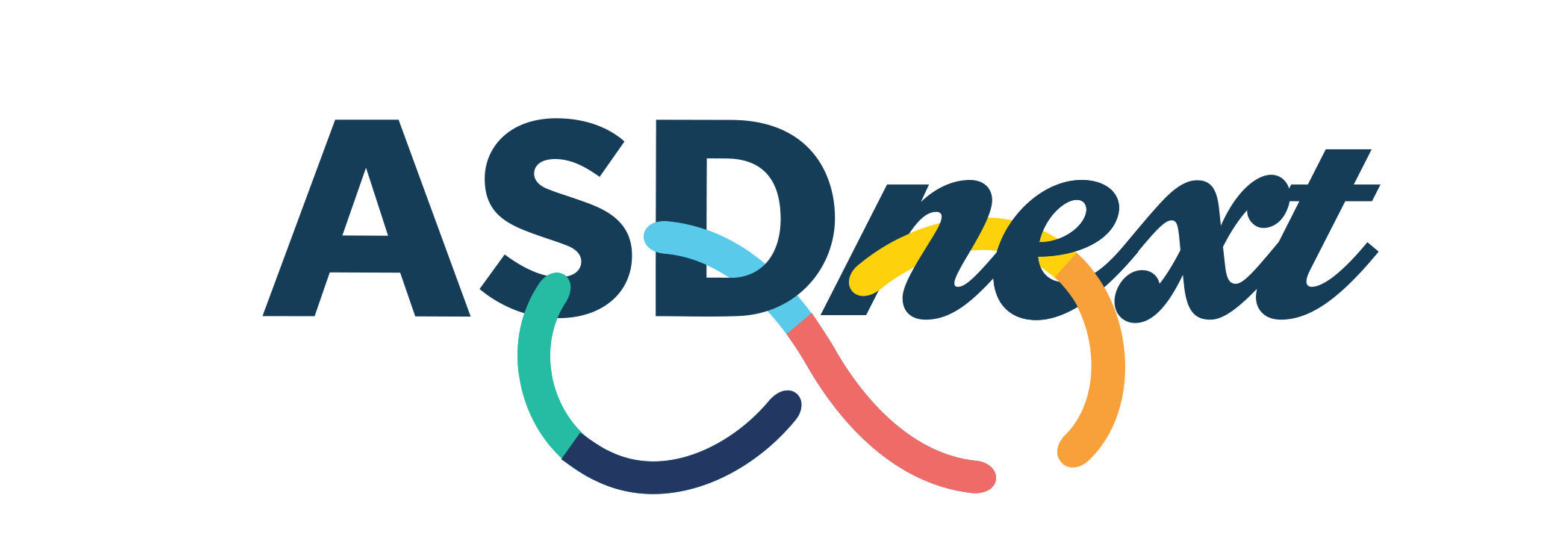Positive Approaches Journal, Volume 8, Issue 2
Positive Approaches Journal | 5

Volume 8 ► Issue 2 ► 2019
Meaningful Community Engagement
Introduction
As we strive to support individuals with disabilities to live an Everyday Life, one crucial facet for consideration is meaningful engagement with one’s community in which relationships are built, sense of purpose is developed, and quality of life
is enhanced. In 2001, Metzel and Walker highlighted that “physical inclusion has not brought about social inclusion, full community membership and belonging and valued social roles for people with disabilities.”1 Almost 20 years later,
we continue to have these conversations about truly increasing community engagement and social inclusion for individuals with disabilities. As a service system, we have made great strides in increasing community presence, but we have much more
work to be done to achieve full community engagement. Being seen in everyday places is a start, but it does not guarantee that one feels connected or that one belongs. Encouragingly, the topic of community engagement or community participation
has been explored in mental health, autism, and intellectual disability research and has been gaining momentum; however, research findings have supported that individuals with disabilities are more socially isolated than their non-disabled peers
and are less likely to engage in their communities to the degree that they would prefer (Orsmond et al, 2013; Thomas et al, 2017; Amado et al, 2013). On a positive note, research has begun to demonstrate encouraging results in increasing community
inclusion and the development of relationships with community members for individuals with disabilities using a variety of strategies (Amado et al, 2015). Identifying the strategies that are the most effective in promoting community engagement
and social inclusion will help propel us forward. In this issue, authors provide the necessary insight, experiences, and recommendations to guide us in our work to support individuals with intellectual and developmental disabilities and
mental illness to engage in their communities in ways that are meaningful to them.
—Pamela Treadway, M. Ed.
1D. Metzel and P. Walker (2001). The illusion of inclusion: Geographies of the lives of people with developmental disabilities in the United States. Disability Studies Quarterly, 21(4): 144-128.



